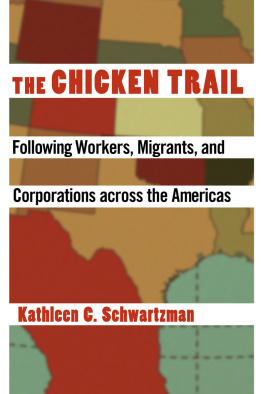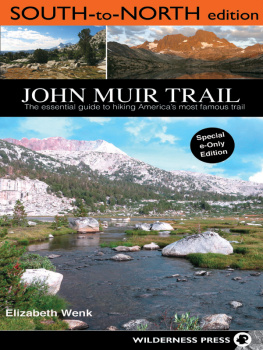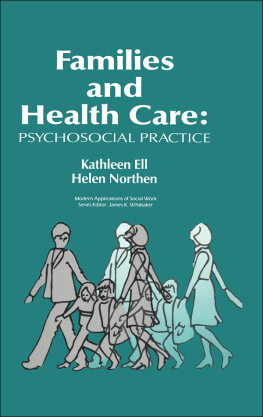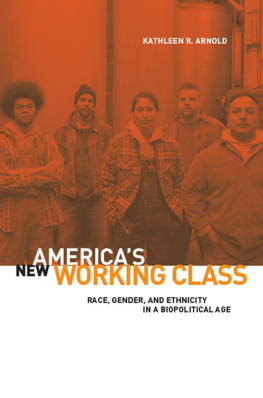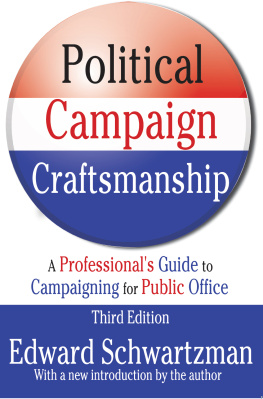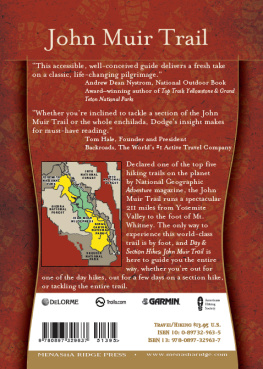PREFACE
The relationship between immigration and unemployment has become a particularly controversial topic in the United States. This book is about immigration and unemployment, but it is also about bi-national business restructuring and bi-national labor reorganization. The Chicken Trail ties them together. I have two goals in writing this book: first, to outline and analyze the causes and consequences of immigration; and second, to dispel some of the common beliefs about immigration by replacing them with a more historically nuanced sociological analysis. While I do not directly engage the current debate, I offer an alternative framework for understanding the perplexing realities of immigration. This I take to be the sociological mandate: to offer an analysis of how society works and to reflect on policy options. My hope is that those concerned with policy as well as students will find it useful.
I use metaphor of the chicken trail to investigate highly important patterns and transitions that affect America and the entire world. My framework folds the immigration story into the ongoing processes of U.S. and Mexico labor reorganization and displacement, which it then connects to global transformations. The labor displacement and immigration stories become part of a twenty-first-century Global Dilemma and American Dilemma. The Global Dilemma is that in developing nations, as rural survival continues to be undermined by international trade, people attempt to alleviate their poverty by abandoning first the countryside and then their country. The American Dilemma is that economic transformations have left the United States with jobs that nobody wants, jobs that are shipped overseas, and jobs for which American workers are unqualified.
This book materialized out of several experiential and intellectual encounters. During visits to Alabama, U.S.A., and Sonora, Mexico, I was struck by the presence of unemployed young black men on the streets of Alabama and of ghost villages in Sonora. While America appears to have accepted growing populations of unemployed and imprisoned African Americans, it seems to be at war with, or at least ambivalent about, immigrants. The ambivalence I experienced in Arizona, currently a major thoroughfare for immigrant traffic and engulfed in a firestorm of contentious debate.
The Sonoran-Arizona desert is a space where the reality of immigration and climate interact. It is considered one of the most dangerous frontiers in the world. It is burning hot and inhabited by venomous species. It is also a place where immigrants are assaulted or abandoned by their coyotes (smugglers). Humanitarian groups, alarmed by the deaths of immigrants without documents trying to enter illegally through the Arizona desert, have launched ameliorative actions. Some set up water tanks and first aid stations (Arcs of Covenant); others offer Good Samaritan assistance on the immigrant trails. To publicize the hardships that immigrants endure trying to enter illegally without documentation, groups have organized marches tracing immigrant paths from the Mexican border towns to Tucson, Arizona. Immigrant-rights groups stress the number of Mexicans who die while trying to cross the desert from Mexico into Arizona (estimates of crossings begin at 2,000 per day and go up from there) or the tragedy of family separation when undocumented mothers are deported leaving behind birthright citizen children.
On the other side of the Arizona debate are groups advocating immigration restrictions. They are frequently characterized as mean-spirited, unfair, driven by hate, or racistssome are even linked to national white-supremacy groups. Those who oppose immigration (with or without guest labor status) express concern over cultural conflicts as well as economic costs. Here one finds advocates of denying public goods (such as drivers licenses, free hospitalization, in-state university tuition, or birthright citizenship) to illegal immigrants. Some vigilante groups have attempted to stop illegal immigrant flows with border watches. The heated debate continues with bills such as Arizona Senate Bill 1070. Signed into law in April 2010, SB 1070 gave Arizona law enforcement the authority to stop people whom officers have reasonable suspicion of being in the country illegally, detain these individuals while verifying immigration status, and arrest undocumented immigrants for transfer to the custody of U.S. Immigration and Custom Enforcement (ICE). SB 1070 was followed by Arizona Senate and House bills passed in January and February 2011 to deny birthright citizenship to babies of undocumented parents born on U.S. soil.
I am frustrated by the immigration debate, which feeds into public policies that offer inadequate long-term solutions. Why? First, the debate is polarized between what some pejoratively call racists and bleeding-heart liberals. Battle lines are drawn in legislation, on the border, and also in the language of the debate. A perusal of immigrant-rights commentaries, for example, will reveal the attribution of racism to opponents. In 2007, Mexican President Felipe Caldern began a media campaign aimed at influencing American public opinion. The sentiment of many immigrant-rights groups is reflected in the quote of a Mexico City accountant who said, They dont treat the Russians or English or other white Europeans like that, and so for me they are a bunch of racists (Schwartz 2007).
Labels are social constructs that emerge from political debates and carry an emotional charge, whether laudatory or pejorative. Some commentators have suggested, for example, that the very use of the term anchor-baby is hate speech. Polarization can also be found in the terms used to describe immigrants. Since U.S. government documents use a variety of labels, I adhere to the labels employed by the respective sources. Apart from these, I interchange them to avoid alignment with any one political position.
Second, the debate is impaired by tunnel vision. The set of stakeholders is reduced to two: immigrants with supporters and those who would restrict immigration. This oversimplified model must be expanded to include stakeholders such as businesses, governments, native workers, unions, and African Americans.
Third, each side demonizes the other. Certainly, there is no analytical value in denigrating immigrants, businesses, or those advocating limited immigration. Because this debate has become so contentious, it is important to differentiate analysis from slander. Facts should not be considered libelous. From an analytical perspective, it is more pragmatic to assume that each group of stakeholders (U.S. business owners, displaced workers, native citizens, and immigrants) lives within its respective institutional framework of incentives. In response to those incentives, they behave as rational actors and pursue their perceived best interests. Slander and sanctification are poor substitutes for analysis. The sociological contribution is to describe the complex intersection of multiple incentive frameworks. In short, this book is not intended to incriminate, villainize, or sanctify industries, individuals, or ethnic groups.
Set in the dichotomous frame of humanitarians versus racists, the debate cannot be resolved. Only by examining immigration in a wider context of labor and global changes do we have any chance of breaking through the heated, uncivil, divisive, and sometimes violent discussions. Chicken may seem like a weak analytical weapon, but the study of its production and distribution is well suited to depict the nexus of immigration, labor displacement, and globalization and to provide the foundation for a more grounded approach to immigration.

